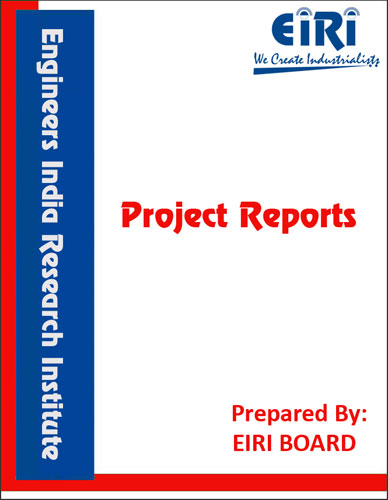EUGENOL FROM CINNAMON OIL
The project report includes Present Market Position and Expected Future Demand, Market Size, Statistics, Trends, SWOT Analysis and Forecasts. Report provides a comprehensive analysis from industry covering detailed reporting and evaluates the position of the industry by providing insights to the SWOT analysis of the industry.
We can prepare PROJECT REPORT as per your INVESTMENT PLAN for BANK LOAN REQUIREMENT and INDUSTRY ANALYSIS. All reports are prepared by highly qualified consultants and verified by a panel of experts.
Have Query? Click Here to Chat
Industry Expert is Online, Chat with him for more detail.

The Cinnamon Tree is a small evergreen tree 10-15 meters (32.8-49.2 feet) tall, belonging to the family Lauraceae, native to Sri Lanka and South India. The bark is widely used as a spice due to its distinct odour. The leaves are ovate-oblong in shape, 7-18 cm (2.75-7.1 inches) long. The flowers, which are arranged in panicles, have a greenish color, and have a distinct odor. The fruit is a purple one-centimetre berry containing a single seed. Its flavour is due to an aromatic essential oil which makes up 0.5% to 1% of its composition. This oil is prepared by roughly pounding the bark, macerating it in seawater, and then quickly distilling the whole. It is of a golden-yellow colour, with the characteristic odour of cinnamon and a very hot aromatic taste. The pungent taste and scent come from cinnamic aldehyde or cinnamaldehyde and, by the absorption of oxygen as it ages, it darkens in colour and develops resinous compounds. Chemical components of the essential oil include ethyl cinnamate, eugenol, cinnamaldehyde, beta-caryophyllene, linalool and methyl chavicol. The name cinnamon comes from Greek kinnámomon, from Phoenician and akin to Hebrew qinnâmôn, itself ultimately from a Malaysian language, cf. Malay and Indonesian kayu manis which means sweet wood. The botanical name for the spice- Cinnamomum zeylanicum – is derived from the Sri Lanka’s former name, Ceylon.
Project Reports Cover:
- Introduction
- Uses and Applications
- Properties
- Market Survey with future aspects
- Present Manufacturers
- B.I.S. Specifications
- Manufacturing Process with Formulae
- Cost Economics with Profitability Analysis
- Capacity
- Land & Building Requirements with Rates
- List & Details of Plant and Machinery with their Costs
- Raw Materials
- Details/List and Costs
- Power & Water Requirements
- Labour/Staff Requirements
- Utilities and Overheads
- Total Capital Investment
- Turnover
- Cost of Production
- Break Even Point
- Profitability
- Land Man Ratio
- Suppliers of Plant & Machineries and Raw Materials.



